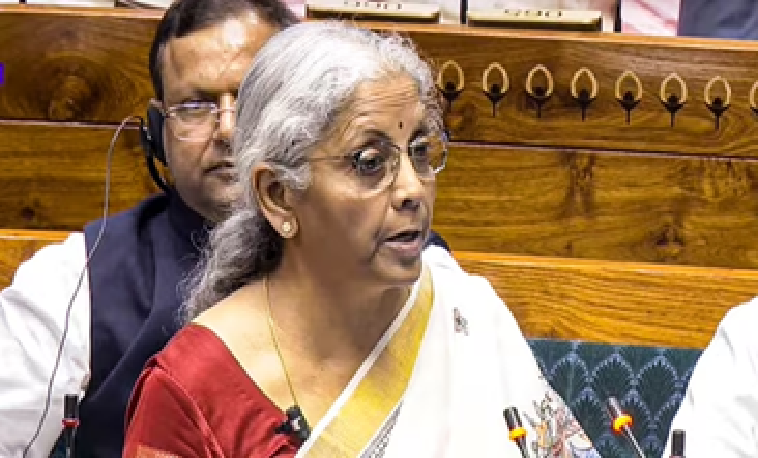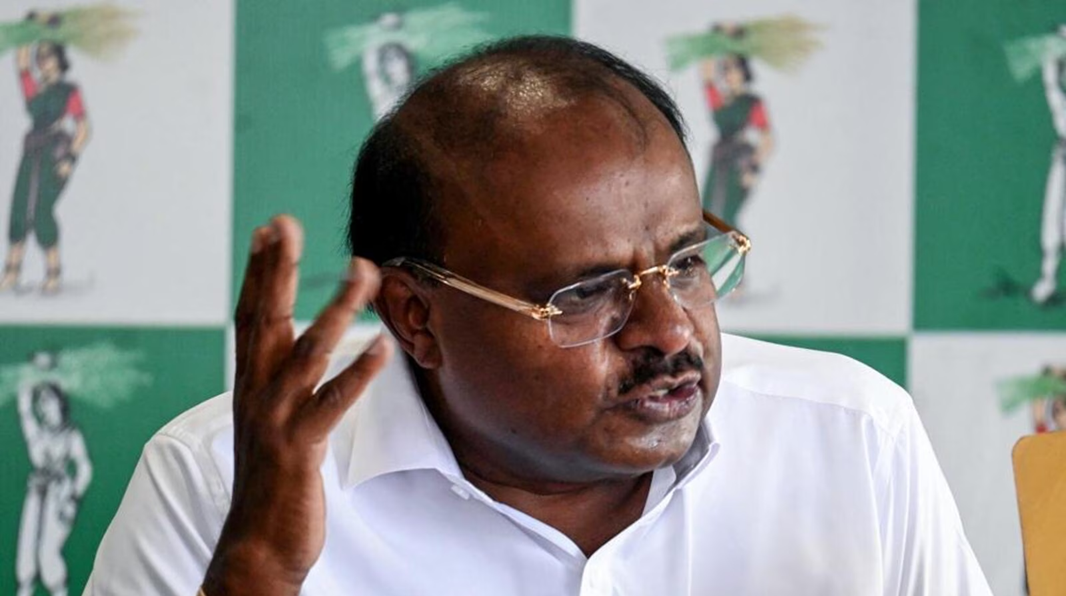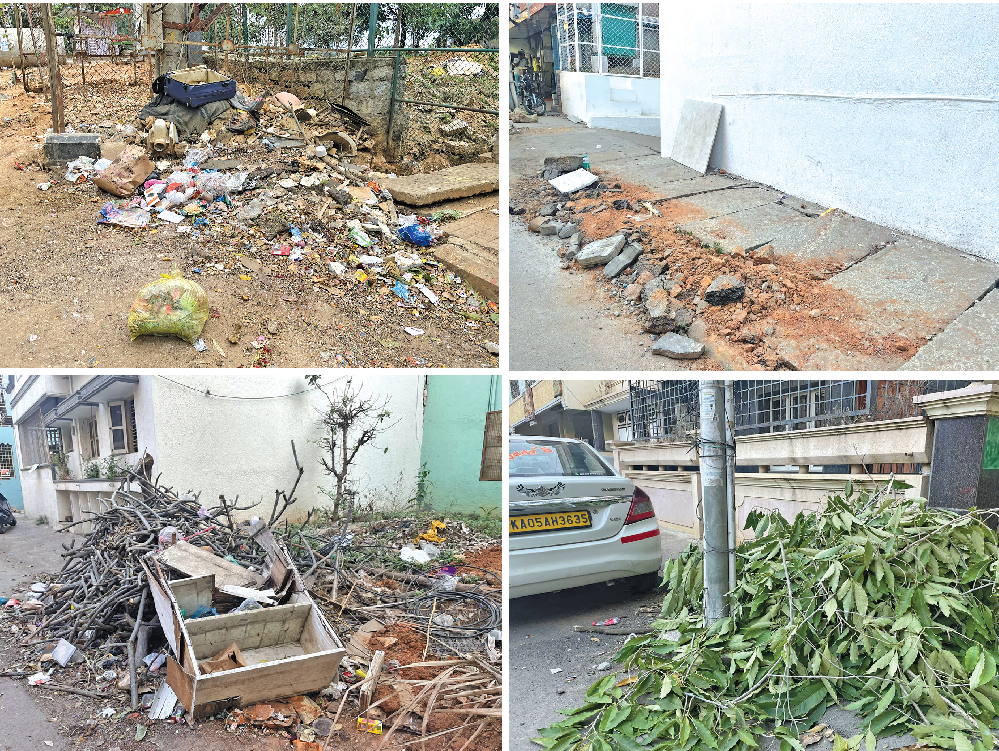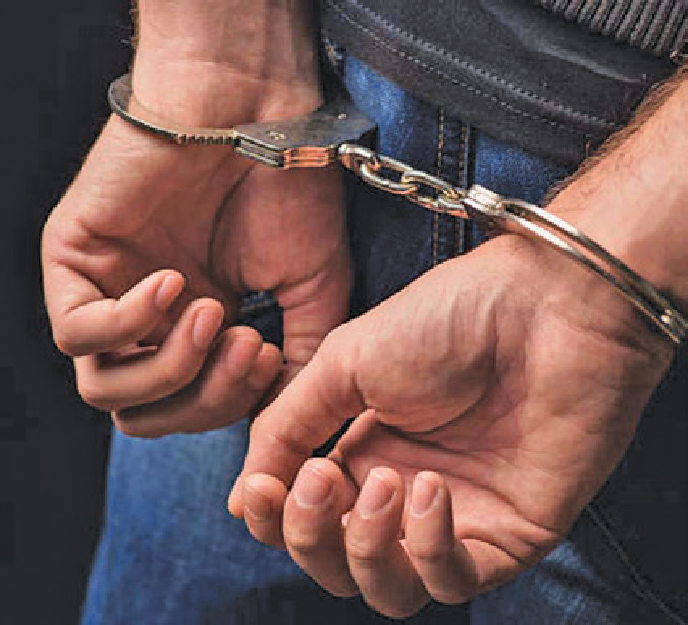
Not enough skin in the game, Donations could save many burn victims
Suffering from 85% burns, Captain Varun Singh was brought to Command Hospital in Bengaluru because of its proximity to a prominent Skin Bank. Cadaver skin remains the most favourable option for grafting. Skin is harvested from donors soon after death and used to treat burns. However, reserves are running woefully short at the skin bank in BMRCI. Kumaran P. reports.
Captain Varun Singh who was battling for life breathed his last at the Command Hospital in Bengaluru on Wednesday after succumbing to severe burns. The military hospital had received skin from the Bangalore Medical College and Research Institute (BMRCI) Skin Bank at Victoria Hospital, to treat the ailing Captain Singh. A few months ago, two women in South Bengaluru were severely burned when a fire broke out at their residence on Bannerghatta Road. Unfortunately, the city’s Skin Bank had only 4,500 centimetres of cadaver skin left, enough to treat only two patients. Not enough is known about the importance of skin donation, the uses of cadaver skin or even how and where to donate. It is a crucial part of treating severe burns, despite the leaps made in terms of artificial ‘skin’.
India has the highest number of burn cases in the world. Even so, not much has been done to improve the treatment of burns in hospitals. Treatment at private hospitals is exorbitantly expensive, especially if the patient requires an autograft or a cadaver skin graft. While government hospitals do treat burns and provide skin grafts, the Skin Bank at Victoria Hospital is running short on supplies.
“Donating skin is as simple as donating eyes,” says Dr Ramesh KT, HOD, Plastic Surgery department. “People succumb to burn injuries at various levels. If they are suffering from 40-45 per cent and above, it will be difficult to survive. This also depends on whether the burns are superficial or deep. People can survive with upto 70 percent burns, if they are superficial. The parts of the body that have been injured also make a difference.” Donating skin requires “an intimation within six hours of death to graft skin so it can be harvested and other lives can be saved.”
City doctors have raised concerns over fire accidents and the damage they cause to patients. A senior plastic surgeon said, “Those burn victims who survive beyond 24 hours would require cadaver skin. Cadaver skin cannot be collected when the need arises,” he says. The surgeon explains that cadaver skin takes at least two months to prepare and needs to be chemically treated before it is used. “This is just like preparing during peacetime to withstand a war,” he says. “In my opinion, skin banks must engage in cadaver skin collection regardless of whether or not there are accidents. Public support is crucial, for people must volunteer to donate. The banks should have ready-to-use reserves that can treat at least 50 patients at any given point in time. That way, they will be well equipped in cases of mass casualty.”
More donors needed, people aren’t coming forward
Dr Ramesh KT, HOD, Plastic Surgery department, BMCRI said, “People are not proactive about donating their skin and the little enthusiasm that existed before has waned even more post Covid-19. The number of burn patients has not reduced.” Now that Victoria Hospital has returned to non- COVID work, it has been able to resume the skin bank work too. “Earlier, even skin bank staff was also involved in COVID-19 relief work and couldn’t do anything else.” The public should also be made aware of the importance of donating skin,” he said. “We give skin to facilities across Karnataka.”
What if you do not have skin at the skin bank? Dr Ramesh said, “We will treat the patients without the skin graft and normal medications will go on.”
Another senior plastic surgeon from a private hospital said, “We do not have a skin bank, at the moment, only BMCRI has one. We have National Burn Centre in Mumbai and on a need basis, we get it from this centre. There is no reduction in the numbers of burn patients coming into our hospital.” “We measure skin in square centimetres and it depends on the percentage of the burn. A 10 percent burn might require around 1,000 sq cm. On average, we procure between 2000 and 5000 sq cm of skin for major burn patients. This all depends on how much of the skin we are exercising on the patient,” added the doctor.
Public awareness key in skin donations
When I received the information about Captain Varun Singh being shifted from Wellington Hospital to Command hospital in Bengaluru, the first thing I did was to call the Skin Bank to see if their reserves were well-equipped. I did so just in case there was a request from Command
 English daily published in Bengaluru & Doha
English daily published in Bengaluru & Doha






